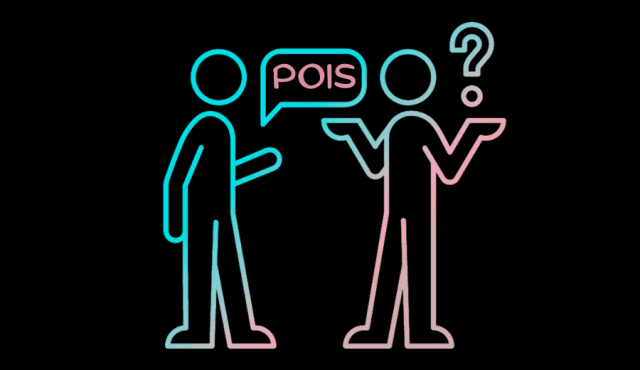A recent review published in the International Journal of Impotence Research delves into the murky world of Post-Orgasmic Illness Syndrome (POIS), a poorly understood condition that significantly impacts men's lives.
Researchers combed through medical databases, identifying 34 studies to synthesize current knowledge about POIS.
The findings shed light on the symptoms, potential causes, and treatment options for this perplexing condition.
Symptoms and Classification
Men with POIS experience a range of unpleasant symptoms following ejaculation, regardless of the source – intercourse, masturbation, or even nocturnal emissions. These symptoms, which can include fatigue, nasal congestion, and itchy eyes, typically appear within minutes and can linger for several days before gradually subsiding.
The review classified POIS based on when symptoms first manifest. Primary POIS emerges during puberty, while secondary POIS develops later in life. Interestingly, studies suggest that primary POIS may affect up to 14-49% of sufferers.
Researchers also identified seven symptom clusters that can help diagnose POIS. Fatigue plagues nearly 70% of patients, while rashes are less common. However, a significant finding is that nearly half of those diagnosed don't experience symptoms after every ejaculation.
For a confirmed POIS diagnosis, specific criteria must be met. Patients must exhibit at least one of the symptom clusters, with the onset occurring within moments or hours after ejaculation. Crucially, these symptoms must consistently follow ejaculation and resolve spontaneously within 2-7 days.
Causes Remain Elusive
The exact cause of POIS remains a mystery, but researchers propose several theories. One theory centres around an immune system connection, suggesting hypersensitivity to seminal fluid. While some evidence points towards this, further investigation is needed.
Another theory explores the potential depletion of endogenous opioids after ejaculation, leading to the characteristic symptoms. Additionally, autoimmune processes and hormonal imbalances are being explored as potential culprits.
Treatment Approaches Offer Hope
While the cause of POIS remains under investigation, treatment options are emerging. Doctors are employing a variety of strategies, including antidepressants, hormonal manipulations, and medications to manage allergies and inflammation.
Antihistamines, particularly non-sedating varieties, have shown promise in significantly reducing symptoms. Alpha-blockers and addressing concomitant testosterone deficiency have also demonstrated effectiveness.
Beyond these approaches, isolated studies suggest potential benefits from surgery, immune system modulation, and non-steroidal anti-inflammatory drugs (NSAIDs).
Conclusion
POIS is a relatively rare condition, with only 465 documented cases in medical literature. However, despite its apparent rarity, POIS can significantly impact the well-being of patients and their partners. Furthermore, the review suggests it might be more widespread than previously thought.
Researchers acknowledge the limitations of current knowledge and emphasize the need for further investigation. By understanding the underlying mechanisms of POIS, the development of more effective therapies and standardized diagnostic tools can become a reality. This will ultimately offer much-needed hope and relief for men struggling with this puzzling illness.




















